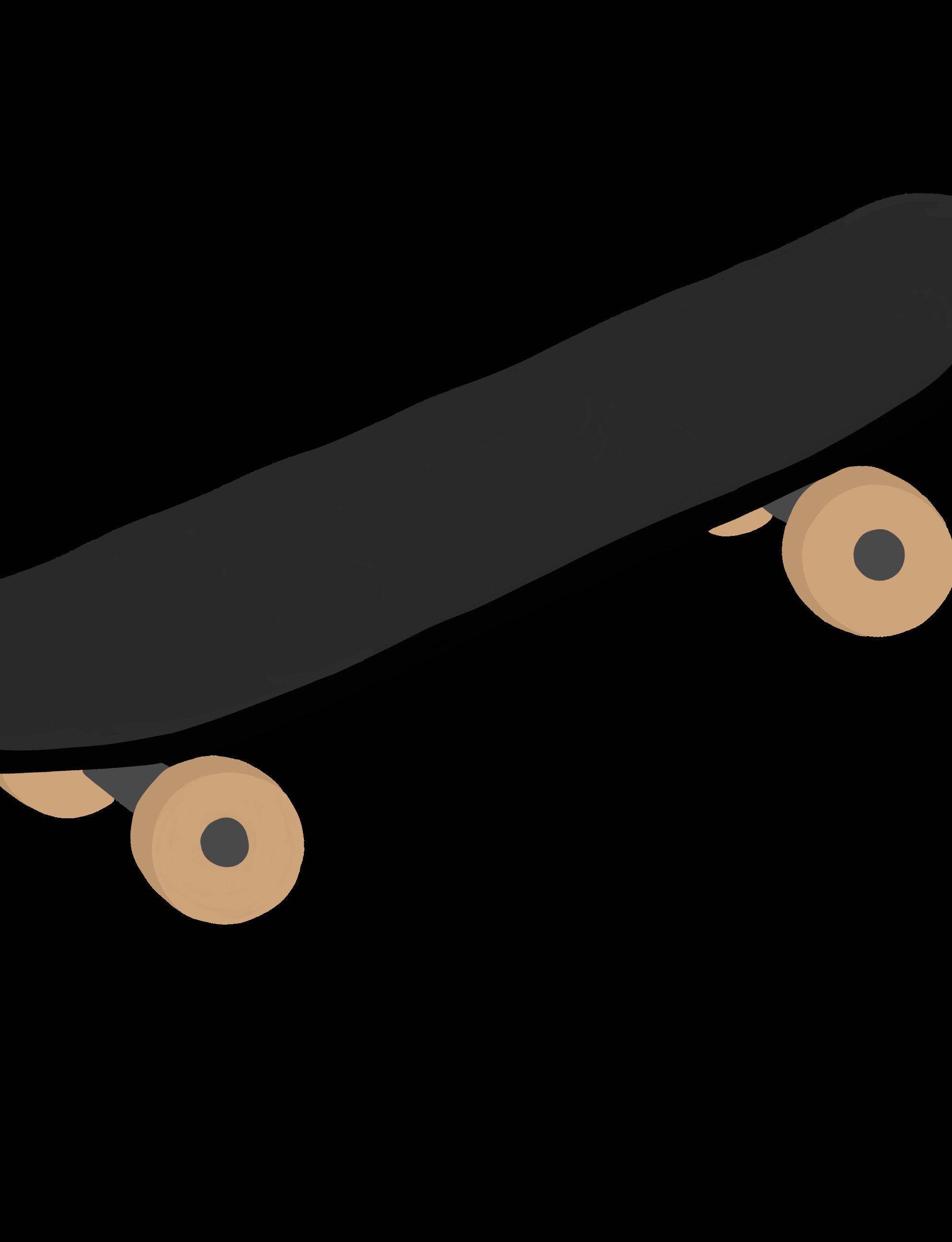
7 minute read
Biden’s Plan for a Cleaner America
BIDEN’S PLAN FOR A CLEANER AMERICA: WHERE ARE WE?
WRITTEN by Ally Jones DESIGNED by Jordan Mays
Advertisement
To emphasize their focus on climate change, the Biden-Harris administration has stacked its political agenda with climate appointments and resolutions. In the first few days of his presidency, Biden has clearly signaled that science will have a prominent role within his administrative decisions. Still, Biden faces a grueling task in repairing the damage that these past four years have done. Though his first executive orders cannot undo all this damage (as we have clearly seen in other sectors), environmental activists and climate scientists believe there’s a lot it can do.
Biden’s targeting environmental justice
specifically. Black and Hispanic communities are disproportionately exposed to and affected by higher levels of air pollution, toxic waste sites, landfills, lead poisoning, and other harmful industrial matters compared to white communities. An estimated 70% of contaminated waste sites are placed near poor neighborhoods, and over 2 million Americans live within a mile of sites that are subject to flooding - the majority of which are minority communities. Government officials have promised to address these issues as citizens petition and speak out, but over decades of this strife, nothing changes.
In order to combat this systemic racism, Biden signed an executive action White House council on environmental justice and a pledge that 40% of the benefits from federal investments in clean energy and clean water would go to communities that bear disproportionate pollution (npr.org). Furthermore, Michael Regan (Biden’s nominee to head the EPA), would be the first Black man to lead the agency. However, trust between these communities and the government is severely lacking. The clock is ticking on Biden to prove himself dependable for these vulnerable communities, and the results and actions cannot come sooner.
Rejoining the Paris Climate change agreement.
On January 20th, on his first day in office, Biden signed the legislation to reinclude the US into the Paris Agreement. Nearly 200 countries have signed on the landmark accord, committing to limit their individual greenhouse gas emissions in an attempt to keep global warming below 2 degrees Celsius. The US has pledged to reduce its emissions by 25% by 2025. This is extremely important, as we have already seen extreme weather conditions influence places such as Texas and other southern and central states. No other country has emitted more greenhouse gases than the US since the mid1800s, if Biden and other state leaders are able to achieve this feat, maybe we can avoid intense planetary warming. Furthermore, the US can gain the world’s trust again as a leader in environmental policy. Building resilience around the world against climate change is key.
Halted oil drilling in the Alaskan wildlife
refuge. The question of whether to drill for oil in the Arctic National Wildlife refuge has been an ongoing debate in the US since 1977, historically being backed up by Republican officials for economic gain. The Republican Party was finally successful with these wishes in 2017. Drilling in the refuge is problematic for several reasons. It would damage the habitat of the species who call it home, such as wolves, muskoxen, arctic foxes, wolverines, brown bears, golden eagles, tundra swans, polar bears and snowy owls. It would also harm the winter grounds of the Porcupine caribou herd, which serve as a physical and cultural resource - for the Gwich’in people. Shortly after taking office, Biden placed a “temporary moratorium” (suspension of an activity or law) on the oil drilling until he can find a way to permanently protect the arctic.
When he took office, President Biden rushed congress with a herculean amount of bills to push America on a greener route. Though these actions seem promising, it may take a while before we get to see any real change. One thing we can do is stay hopeful, and use our voices to make sure they implement the changes we were promised.
The Trials and Tribulations r ofOwninga
Written by Annalee Beck Designed by Olivia Miller
In the warm, pandemic struck summer of 2020, I decided to start up my own thrift shop on Instagram. Now of course I had to collect clothes, design a logo, and do plenty of research before diving right in. The whole summer of 2020 I planned out my Instagram and decided to call it BecksThrift and set the start date for August 2020. I had been passionate about sustainability and the impacts of fast fashion for some time, so I thought a thrift shop would be the perfect way to spread awareness of it. I also have a love for writing, so I wanted to incorporate a sustainable fashion blog along with the shop. Yet while I had an idea for the purpose of the thrift shop, I wasn’t exactly sure where to start with collecting clothes. I knew, of course, that everyone loves vintage t-shirts but besides that I had no clue what to buy. You would think that buying clothes for other people is easy, but I think I ripped my hair out at times trying to figure out what people would like. The clothes selection process was then basically a lot of trial and error and putting up polls asking what my followers would consider purchasing. Luckily for me, I got an idea of what people liked pretty quickly, and I was able to curate a fun mix of vintage, trendy, and statement pieces for the shop. While I had done hours of research the summer leading up to August, nothing could have prepared me for the treacherous endeavor that is shipping. I remember the first drop of clothes that I posted on Instagram in August included a yellow jacket that everyone envied. For each item of clothing, I list a “starting bid” price, and a “BIN” (Buy It Now) price. The infamous jacket was not only the very first item listed, but also 44 | Flair Magazine the first to be purchased at BIN. After seeing the jacket sell for full price, I rushed to my computer to calculate shipping for my awaiting customer. At that moment, I stared dreadfully at my computer screen, realizing I had never shipped a package in my life. I clumsily measured the shipping box and did what I thought was correctly weighing the package on my fruit scale. After typing in the weight and measurements of the package on a shipping site, I told my lovely customer the shipping price, and then happily shipped it off. A few days later I received an email informing me of an $8 charge to my card due to an incorrect shipment weight. And yes, you guessed it, that shipment was the yellow jacket. After that humbling experience, I learned how to properly measure a package and since then I’ve never been charged again for an incorrect shipment weight. Although the mysteries of shipping seem a bit intimidating, I have had a much smoother experience with the rest of my thrift shop. I had followed a few other thrift shops on Instagram, and I always saw them post stories about blocking customers due to deleted bid comments, missed payments, or other issues. To my surprise, I have only had one follower I had to block due to not paying for an item, but I have not run into any other issues with customers. Some thrift shops have a strict policy of blocking followers the first time they don’t pay, but my rule is a bit more relaxed. I try not to be too harsh on my followers because we’re all human. I understand if someone is a few hours late on their payment or even if they fall asleep and forget to pay right away. At the end of the day, I care more about the person and environmental impact of fashion than the payment.
Another part of Instagram thrift shops I have noticed is the culture. There is a genuine, yet cutthroat type of culture within Instagram thrift shops. It’s very interesting to see this from someone entering the market, as you would expect thrift shop owners to be passionate about fashion and their customers. Yet from my experience, I have seen many thrift shops care mostly about money and not as much the meaning. I am never one to judge someone’s ambition, and I applaud all of the young high school and college students making their own path. However, while I have observed many different shops, I’ve realized that is what separates my shop from the rest. Money is not my top priority and it never has been. I started this thrift shop to find clothes for customers that make them feel unique and to further educate consumers on the dangerous environmental effects of fast fashion. Although I obviously need to make profit on the clothes, I am more concerned with diverting customers from fast fashion retailers and websites by either providing them with clothes from my own shop or suggesting other similar Instagram shops. This is another reason why I love having my blog linked to my Instagram, as followers can read more on sustainable practices if they’d like. Having this shop for now eight months, going on nine, I feel blessed with a unique, insider perspective. It feels amazing knowing that an older piece of clothing is given a new life to an eager individual and that individual can feel confident. I look forward to building my brand and continuing to glamorize sustainability.










